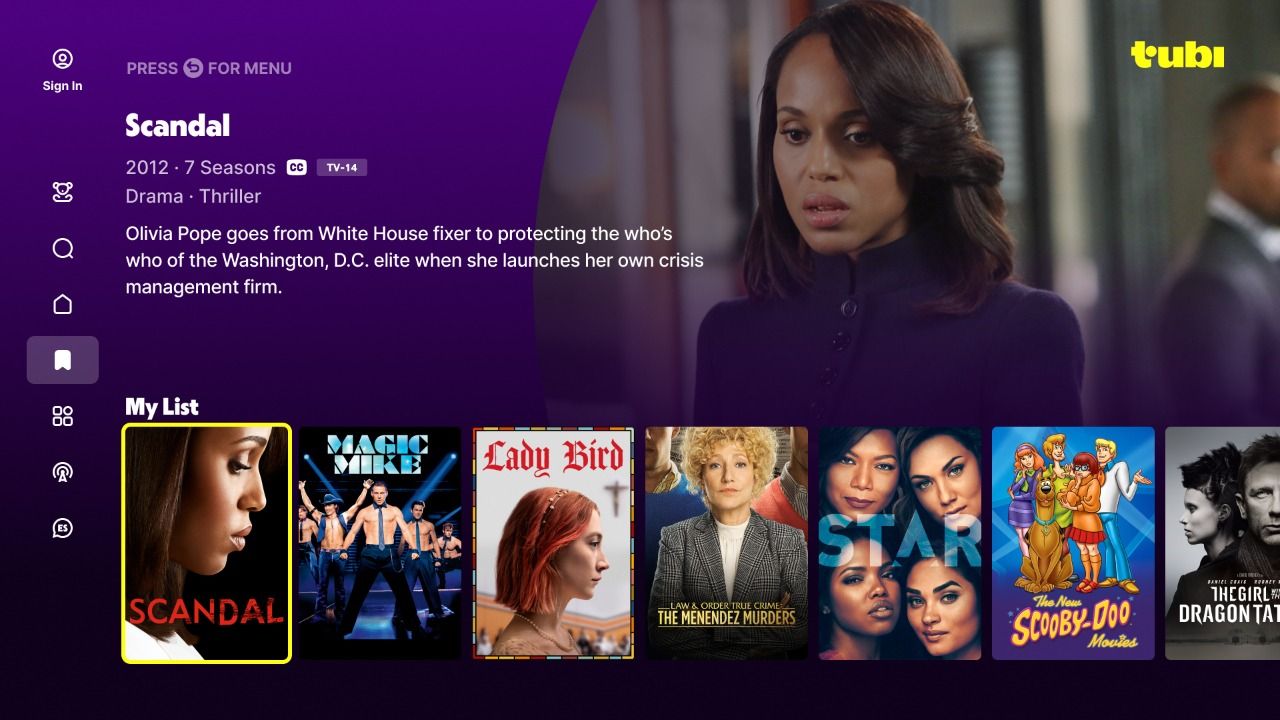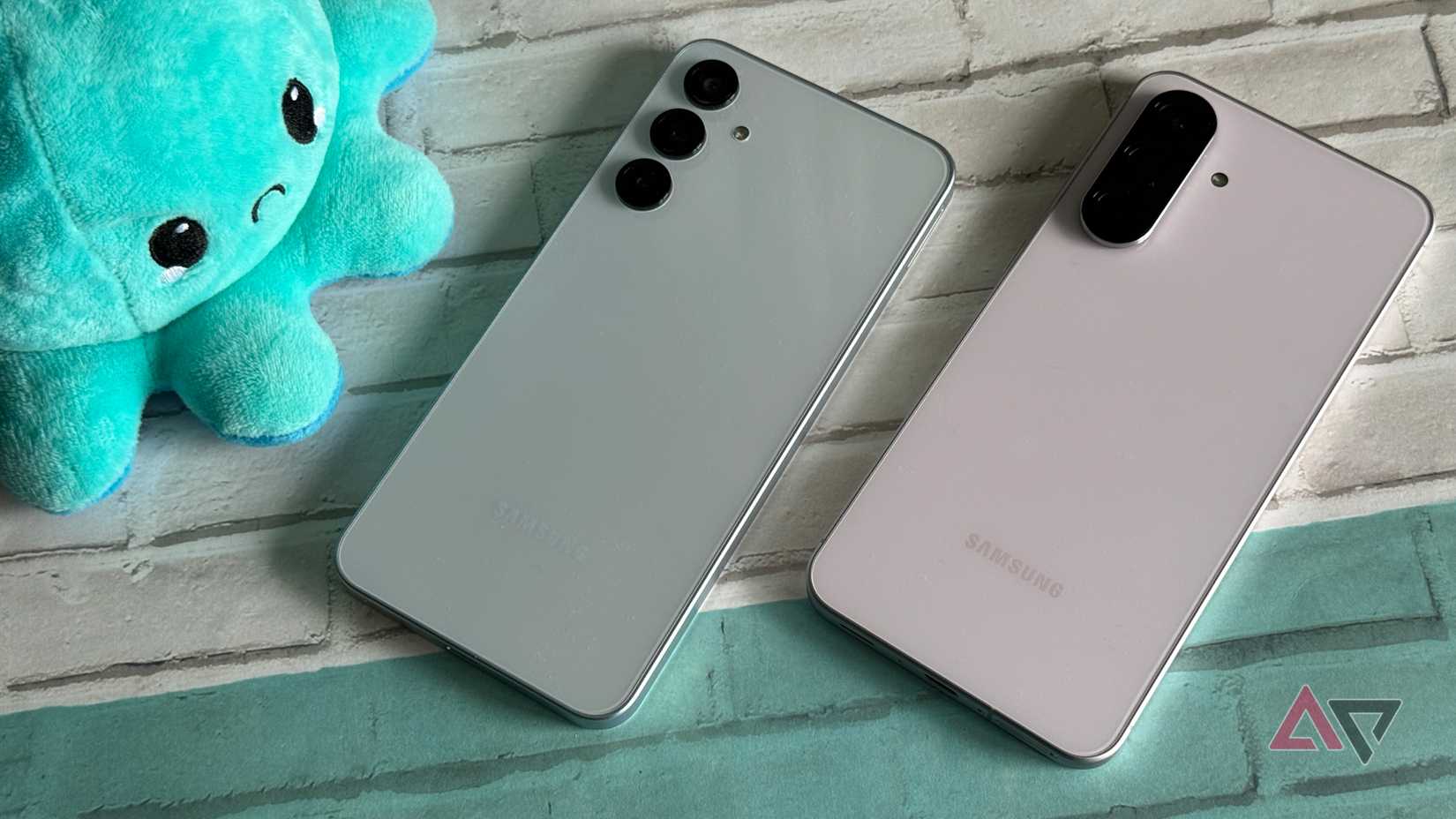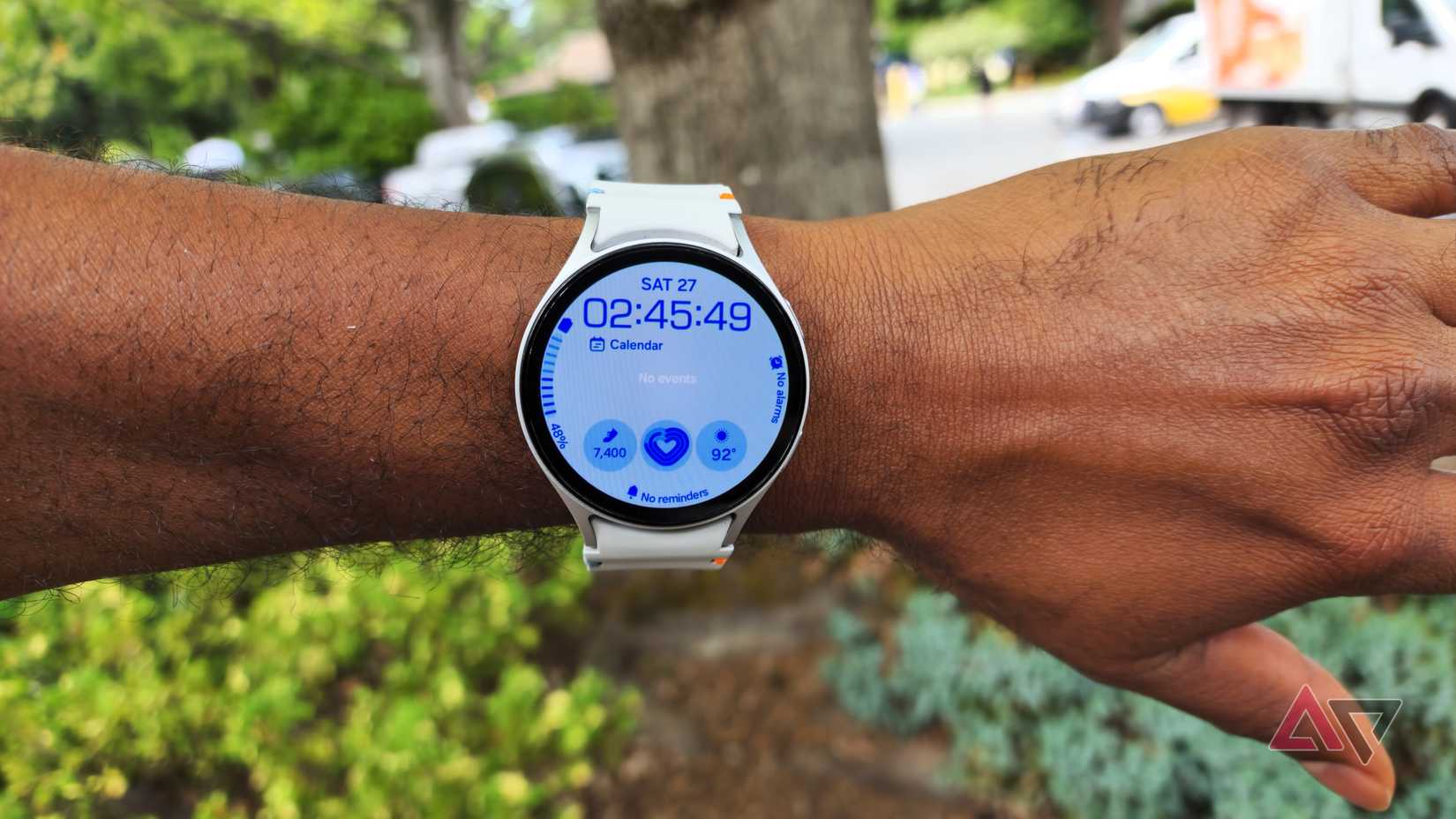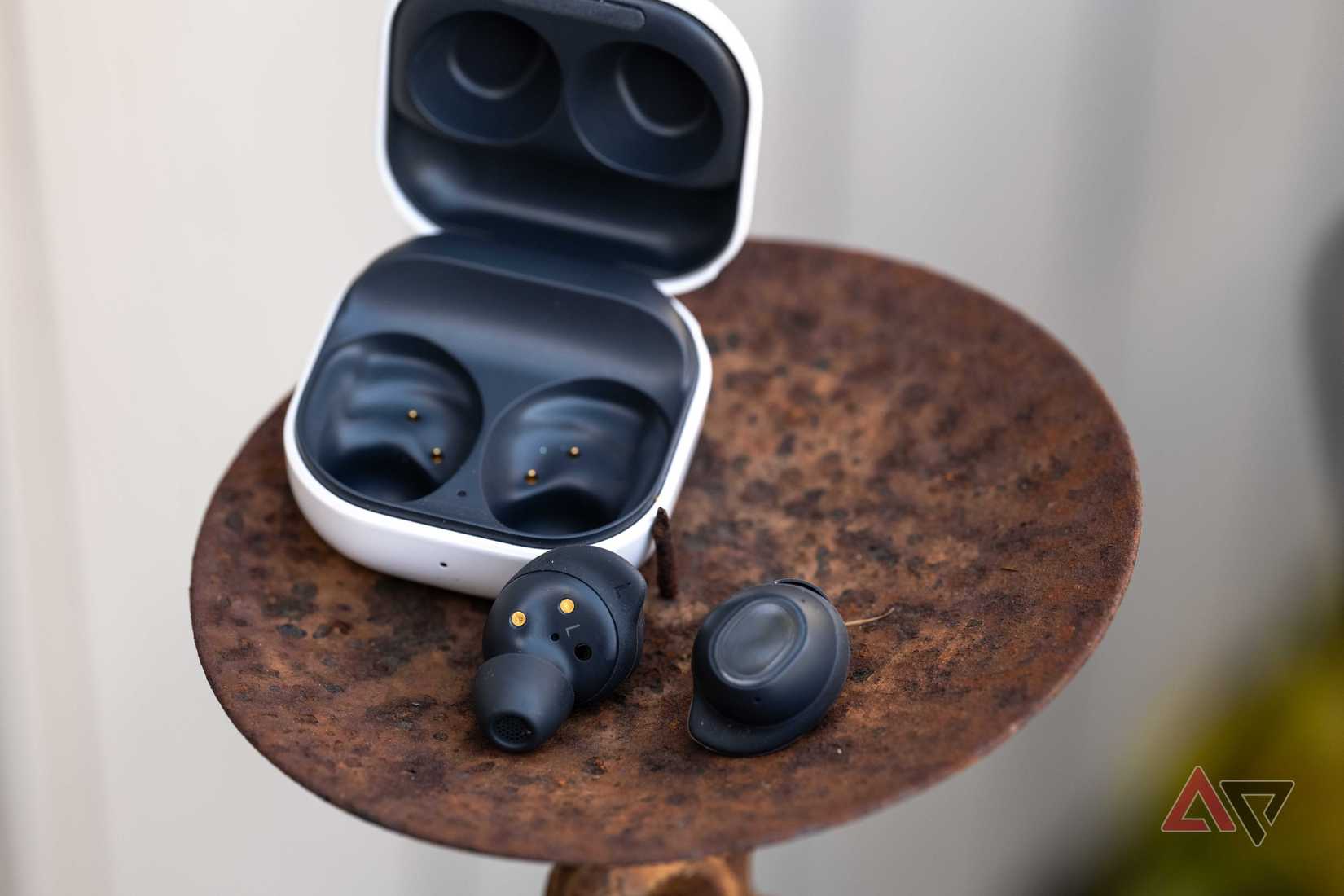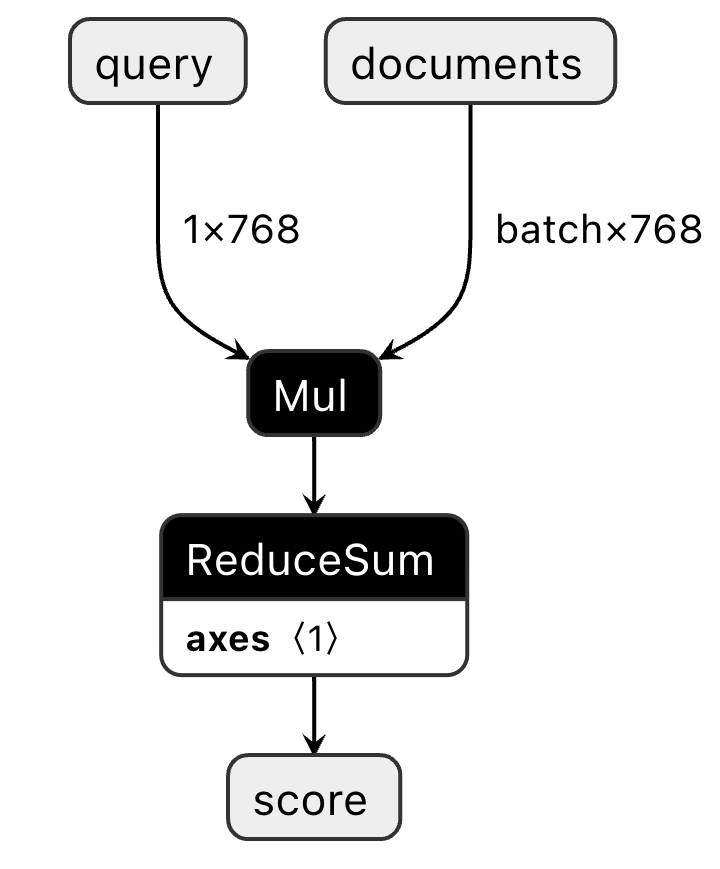When it comes to buying Android smartphones, most of us look at Samsung Galaxy or Google Pixel phones. While Samsung Galaxy devices offer a rich set of features and great hardware, if you want fast Android updates and a stock-like Android experience, Google Pixel phones are usually the go-to choice.
However, despite being the “Android maker,” Google has had a notoriously poor track record with flagship smartphones. One year with the Pixel 8 Pro showed that Google hadn’t learned from past mistakes — our writer, Rajesh Pandey, continued to face issues long after launch, and many Pixel users continue to report recurring problems to this date.
So when Google launched the Pixel 9 last year, my hopes shifted. The company adopted a new design language, and it looked like critical issues like modem problems and performance had finally been addressed. I’ve been using the Google Pixel 9 since its launch in August 2024, and nearly a year later, it genuinely feels like Google is finally starting to understand what it takes to make great Android smartphones.
The design has grown on me, but the build worries me a bit
It looks great, but drops and scratches are a concern
When the Google Pixel 9 series launched, I wasn’t really a fan of the design I saw in the official renders (and even the early leaks). This was mostly because Google was moving away from the iconic Pixel design I’d loved since the Pixel 6, with its flat camera bar and unique aesthetic, toward a more iPhone-like look with rounded corners and flat frames. However, that feeling quickly changed once I picked up the Pixel 9 Pro XL, and the same applies to the Pixel 9.
While I’m not a huge fan of the pink color variant, I personally prefer the white Porcelain option — the design of the Pixel 9 has grown on me. Although I initially criticized Google for going with an iPhone-clone look, I’ve grown content with the Pixel 9’s form factor. It’s handy, feels sturdy, and yet a bit unique.
Now, coming to the build, and that’s another story. My Pixel 9 spent most of the year in a case, so there are no scratches or major dents on the frame. But the screen is a different story. I decided to skip applying a screen protector, considering Google touted the durability of Gorilla Glass Victus 2. But smartphone screens can only handle so much, and I learned that the hard way.
About two months ago, my Pixel 9 slipped from my hand onto a wooden desk and took a noticeable scratch on the front. While the screen still works fine, I wish Google had gone with a tougher protective glass, like the Gorilla Glass Armor 2 on the Samsung Galaxy S25 Ultra. That might’ve changed the outcome. But, this was a tough reminder that phone screens are still glass, and they need to be protected like it.
Pixel 9 fixed some of what Pixel 8 got wrong
It feels more refined, both in performance and polish
In terms of daily use, the Pixel 9 turned out to be a completely different story than I expected. Based on what I’d read and what my colleagues had told me, I was in for an experience full of bugs and poor performance.
But surprisingly, that wasn’t the case. Not once did the Pixel 9 leave me completely frustrated with its day-to-day performance. In daily use, my Pixel 9 has been quite reliable, handling tasks well. Yes, it overheats a bit sometimes, but that’s expected from most Android phones when pushed to their limits.
And yes, you still can’t game heavily on this device as it struggles to sustain performance under intense workloads, with occasional overheating and frame drops, but I rarely play games on my phone, so the Pixel 9 presented no major issues for my use case.
Another common complaint from past Pixel users has been cellular performance, but that turned out to be just fine for me. Google switched to the Exynos 5400 modem on the Pixel 9 series, and, to my relief, it worked just fine on my unit. I didn’t face any noticeable issues with reception on my unit.
What I did miss on the Pixel 9 was the software’s swiftness. After using phones like the OnePlus 13 and Galaxy S24, returning to a Pixel always felt like someone dialed down the speed a bit. No, the animations aren’t laggy, but everything feels like it’s running at 0.75x. Most Android makers have tuned their OS to feel snappy and feature-rich at the same time, but Google’s stock Android still feels slightly slower. This is something I hope improves with the next Pixel generation.
AI features are everywhere, but not essential yet
Google’s AI flex is impressive, but overhyped
A major focus, as with every Pixel phone launch, was the new AI features in the Pixel 9 series. As a smartphone launched toward the end of 2024, Google crammed in every AI feature it could think of. This was the first time Google replaced Assistant with Gemini on a smartphone, and there were plenty of other features, including Add Me, Pixel Studio for image generation, Pixel Screenshots for quickly saving and retrieving info from your screenshots, and more.
However, to my surprise (or not), I didn’t make the most of the AI features on my Pixel 9. Sure, they come in handy at times, but these features aren’t something I deeply miss when I switch to another phone for a few days. And for the AI tools I do use, like Circle to Search and Magic Editor, they’re now available on most Android smartphones anyway.
Pixel 9 still has its fair share of small issues
A few things just haven’t been ironed out yet
All of this is to say, the Pixel 9 isn’t without its share of issues — though I think no smartphone truly is. While I didn’t face major problems with battery life, one widely discussed issue I also experienced is the slow charging speed. Google increased the Pixel 9’s charging speed to 27W, but it still feels slow compared to other flagship Android phones.
My Pixel 9 often takes over an hour, sometimes close to an hour and a half, to fully charge from 0 to 100%, which feels sluggish in 2025, especially compared to OnePlus and even Samsung Galaxy phones that charge significantly faster. It’s time Google took charging speeds more seriously.
There were a couple of other issues, too. The proximity sensor on my Pixel 9 occasionally stopped working, leading to accidental touches during calls until I restarted the device. As for battery life, it’s not terrible — it typically lasts a full day before I need to plug it in, but it’s not something I’d fully rely on for heavy-use days.
I also ran into some minor annoyances. I missed having MagSafe while recording videos, and I really felt the lack of a telephoto lens since zooming without one results in noticeable quality loss. But those were trade-offs I knew I was accepting when choosing this smartphone as my daily driver.
Pixel 9 has made me very hopeful of the Pixel 10
Google is heading in the right direction, finally
All things considered, my year with the Pixel 9 has definitely made me quite excited for the Pixel 10. The baseline Pixel 10 is expected to come with a telephoto sensor this time, and Google is also said to be switching to TSMC for its Tensor G5 processor, which should bring the much-needed performance and efficiency boost.
It feels like Google got most things right with the Pixel 9 series, and fixing a few things here and there could really position the upcoming Pixel 10 as the best Android smartphone of 2025.
Your comment has not been saved
Google Pixel 9
$799
Save $199
- SoC
-
Google Tensor G4
- RAM
-
12GB
- Storage
-
128GB or 256GB
- Battery
-
4,700mAh
- Ports
-
USB-C
The Pixel 9 is Google’s most affordable flagship smartphone, offering features like a 48MP ultra-wide camera, a 50MP main shooter, and autofocus selfie cam. While it comes with a few compromises compared to the Pro models, it still includes new Gemini AI features and a 2,700-nit Actua display, providing great value at its price point.



